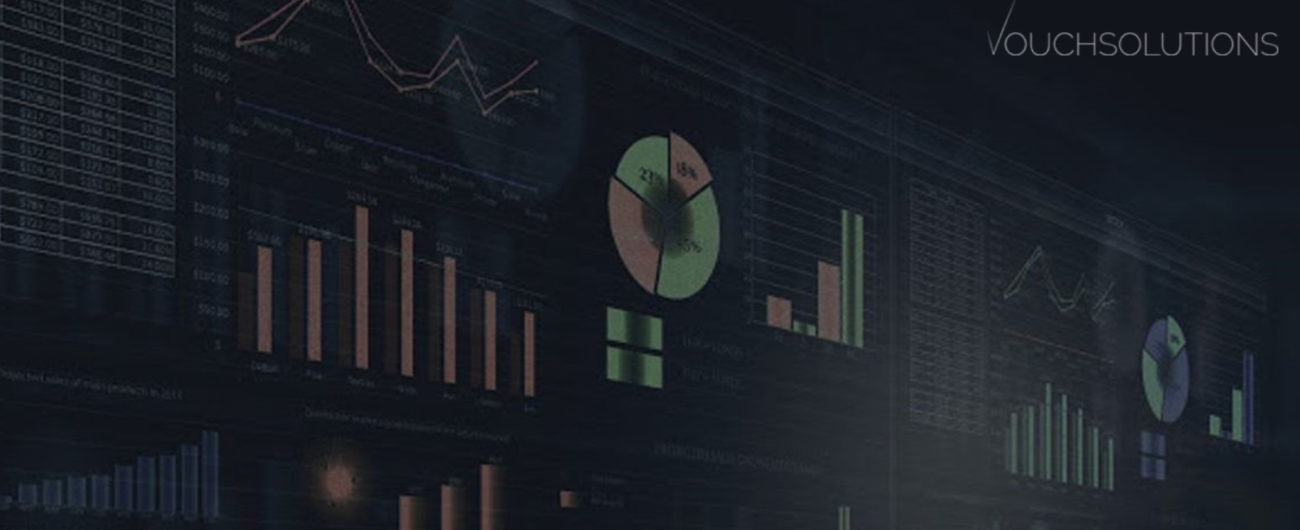Business Intelligence or BI in simple terms is involved strategies and technologies used by business enterprises for the data analysis of the gathered business information. The term “Business Intelligence” was used by Richard Devens in the book “Cyclopedia of Commercial and Business Anecdotes” in 1865 to describe how a financer has successfully beaten his competitors by understanding the market and conditions of that time better than they did.
However, the BI as we know it today in a real sense has been around for the past two decades with the first generation of Business Intelligence in the 1990’s known as “Business Intelligence 1.0” coming into existence due to technological advances in the field of Information technology/computer science.
Companies in the early and mid-1990’s began to provide business intelligence software even though; the BI solutions at that time were extremely expensive and only bigger companies could afford the budget for these solutions.
The Business Intelligence tools such as Crystal Reports were embedded in client/server applications by companies at that time using proprietary applications program interfaces (APIs). As such the first generation BI tools were unable to make snapshot reactive decisions like what they can do today. The exponential increase in the procession power of computers in the 2000s and beyond has resulted in the increased demand for more intuitive business intelligence solutions.
The early 2000s saw the emergence of Business Intelligence 2.0 with a rapid increase in BI platforms flexibility and ease of use. This new generation of BI resulted in improved embedded techniques that enable companies to create and integrate reports and dashboards inside applications using HTML, iFrames, and SOAP-based Web service interfaces.
The third generation of BI or Business Intelligence 3.0 as is known today is the era of BI as Self-service Platforms (such as Microsoft Power BI solutions that provide a single view of critical business data on both desktop and mobile devices all from cloud interface) is gaining importance especially for small and medium-sized enterprises who are seeking accessible way to manage their data, reporting visualization.
Another BI tool that is gaining popularity is the Qlik View – a visualization platform that provides the ability to build visualizations, dashboards and custom applications crunching data in real time. Self-service BI platforms of the third generation are making data science more accessible without the need for expensive hardware in addition to saving the costs of organizations in hiring data science professionals.
















